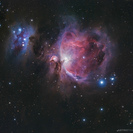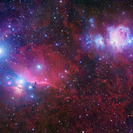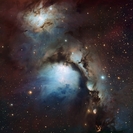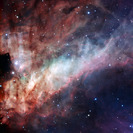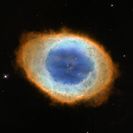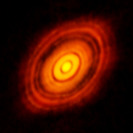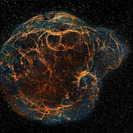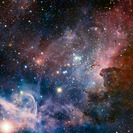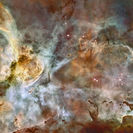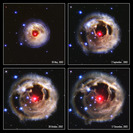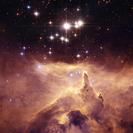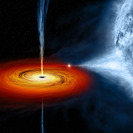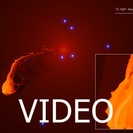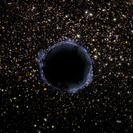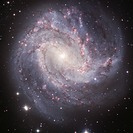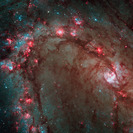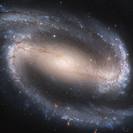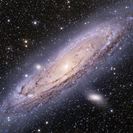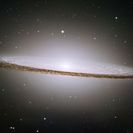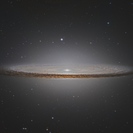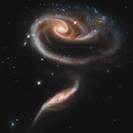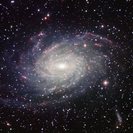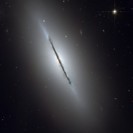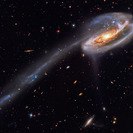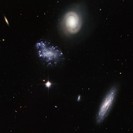This is a simulation by the Max Planck Institute for Extraterrestrial Physics in Garching (Germany), showing the evolution of gas cloud G2 from the year 2000 up to the year 2064. G2 is a cloud of ionised gas with a mass greater than three times that of the Earth. The blue dots orbiting the black hole are stars; they will not fall into the black hole for reasons that you will better understand by reading the Q&A section about black holes.
An interesting aspect is that from late 2013 onwards part of it could be falling into the supermassive black hole at the centre of our Milky Way. Scientists hope to learn more about black holes by directly detecting the corresponding bursts of radiation during this event, mainly in the X-ray part of the electromagnetic spectrum. Since the closest approach of the cloud is around 3100 times the black hole's event horizon (or about ten times the distance between Sun and Pluto) part of the gas will first get into a close orbit around the black hole. It could then still take years or even decades until this gas finally interacts with the black hole, so don't place too much emphasis on the year 2013. Another event was happening around the year 2018: a huge star of about 15 solar masses (called S0-2) was getting closer to the black hole than gas cloud G2.
If interested, read more about: Black hole
